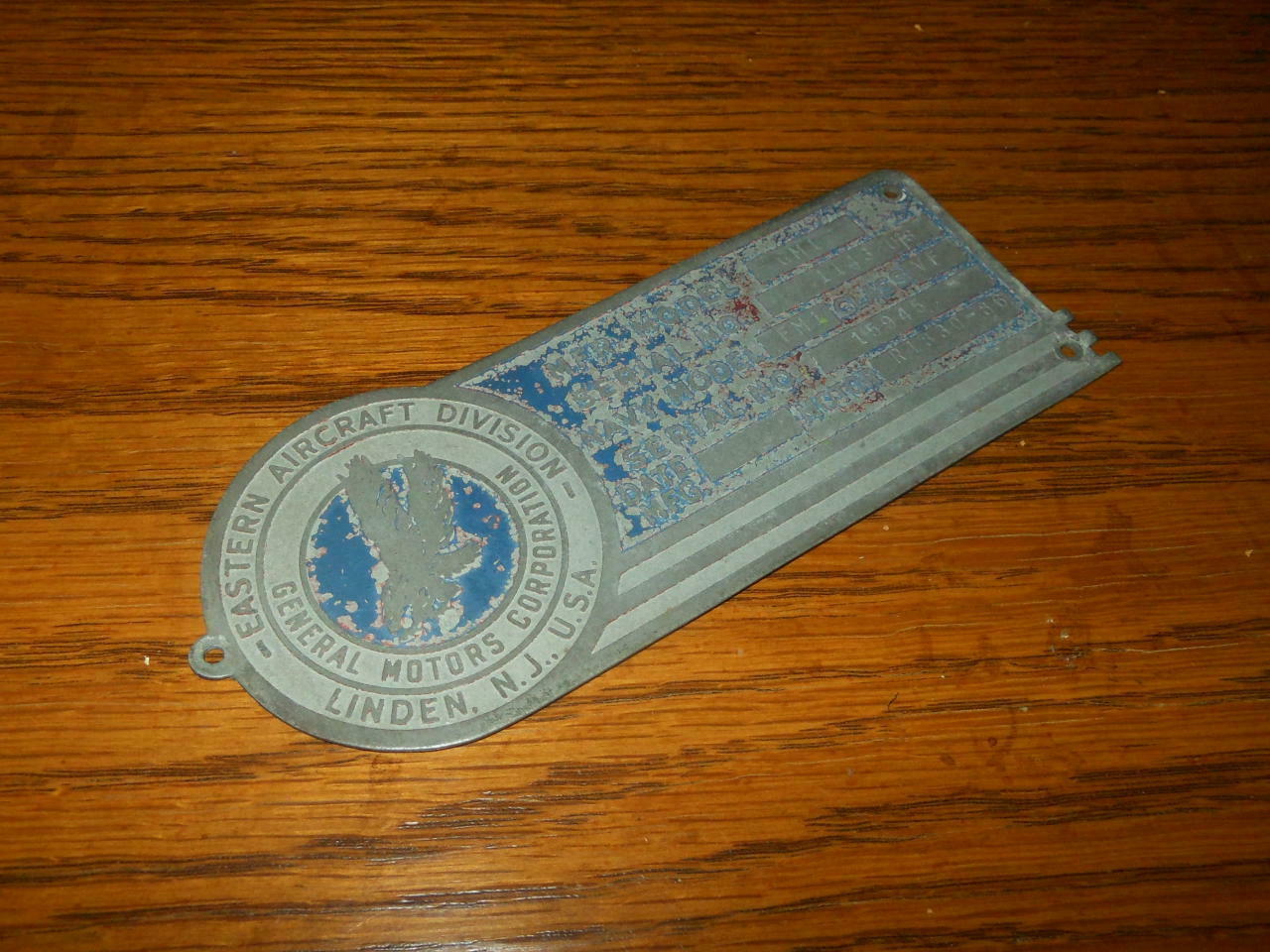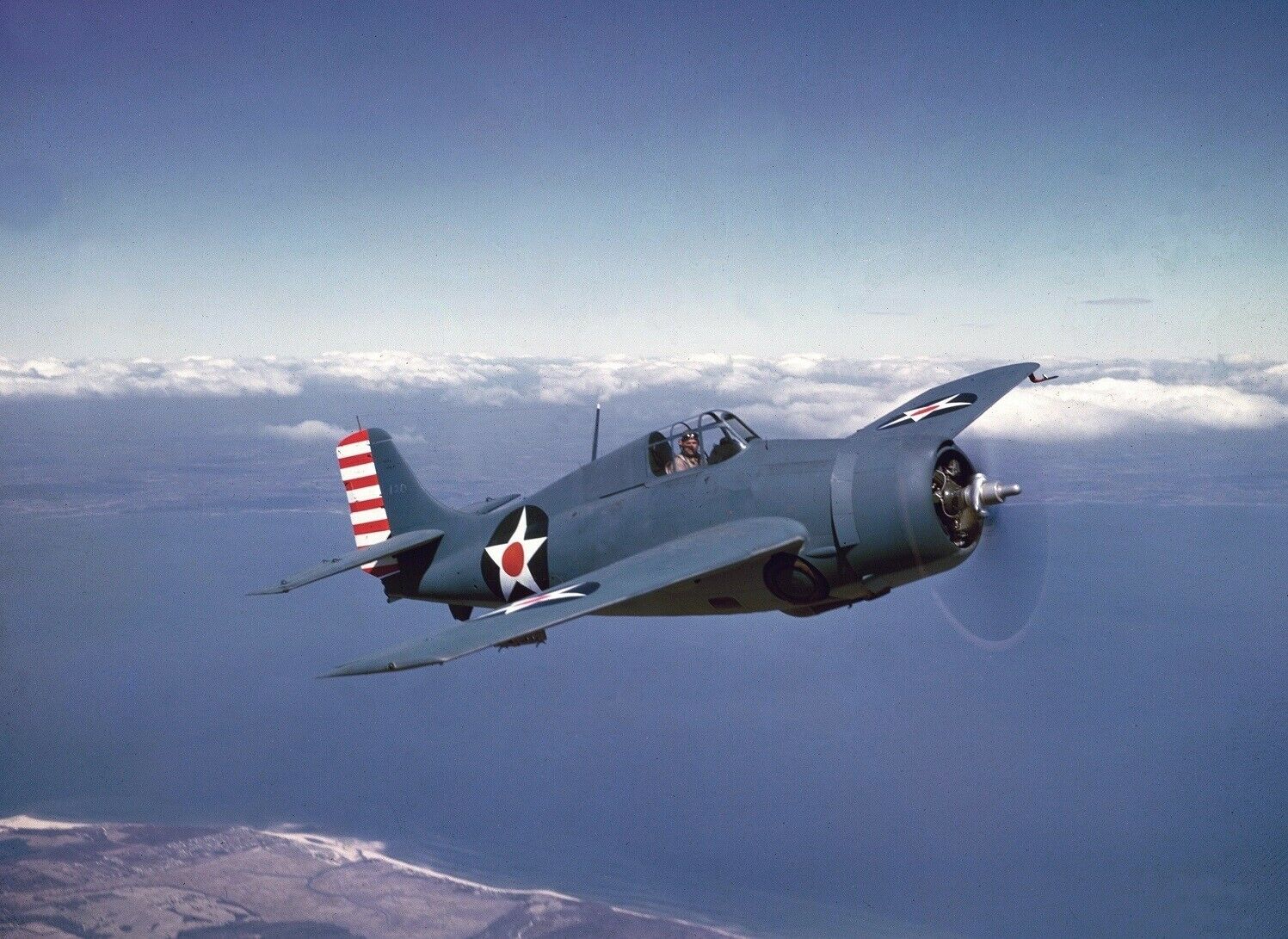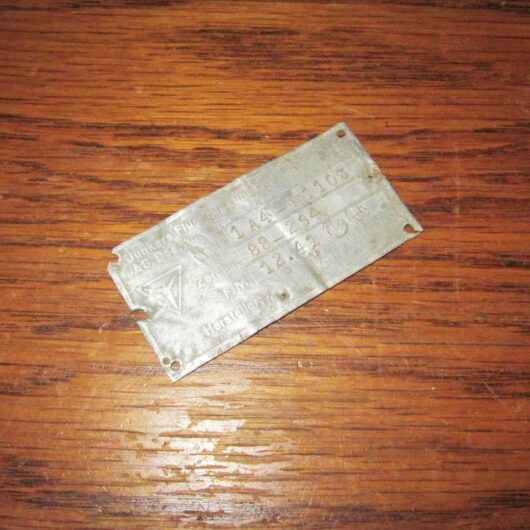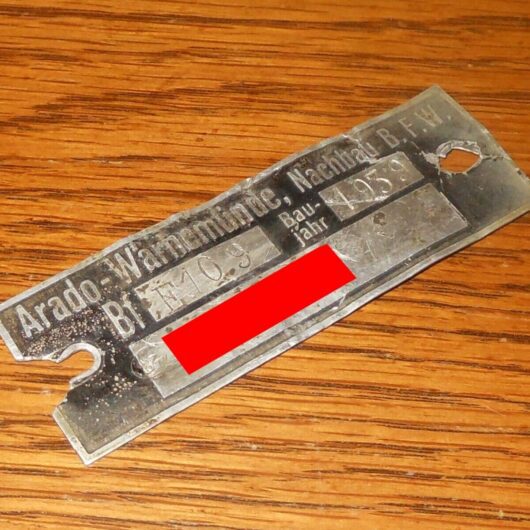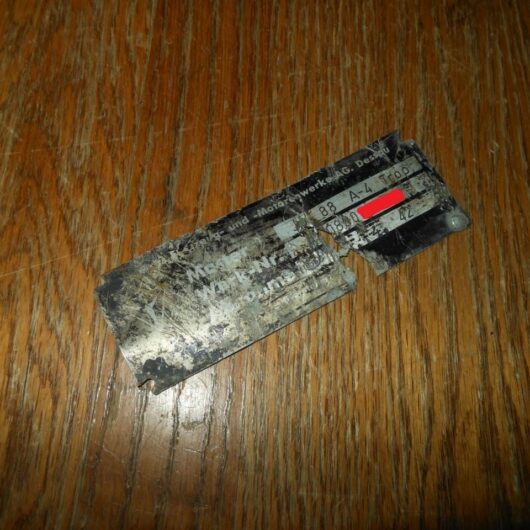Description
The Grumman F4F Wildcat was an American carrier-based fighter that began service with both the United States Navy and the British Royal Navy (as the Martlet) in 1940. Although first used in combat by the British in Europe, the Wildcat was the only United States Navy or Marine fighter in World War II 1941–42 in the Pacific Theater besides the brief appearance of the F2A Buffalo. With a top speed of 318 mph (512 km/h), the Wildcat was outperformed by the more nimble 331 mph (533 km/h) Mitsubishi Zero, but its ruggedness and tactics such as the Thach Weave resulted in an air combat kill-to-loss ratio of 5.9:1 in 1942 and 6.9:1 for the entire war. Lessons learned from the Wildcat were applied to the faster F6F Hellcat which could outperform the Zero on its own terms. The Wildcat continued to be built throughout the remainder of the war to serve on escort carriers, where larger and heavier fighters could not be used. Made of aluminum, this is an EXTREMELY RARE piece and was taken off the aircraft by a US veteran in the late stages of the war. Though most of the paint has faded due to wear and age, all markings are very legible. It reads, SERIAL NO. 1143 NAVY MODEL FM-1 CLASS VF SERIAL NUMBER 15945 DATE MFR MOTOR R-1830-86 It mounted directly to fuselage, and was from 1 of only 1,150 FM-1’s ever produced! Would make a SUPERB addition to any collection, display, or restoration project! General Motors / Eastern Aircraft produced 5,280 FM variants of the Wildcat. Grumman’s Wildcat production ceased in early 1943 to make way for the newer F6F Hellcat, but General Motors continued producing Wildcats for both US Navy and Fleet Air Arm use. Late in the war, the Wildcat was obsolescent as a front-line fighter compared to the faster (380 mph/610 km/h) F6F Hellcat or much faster (446 mph/718 km/h) F4U Corsair. However, they were adequate for small escort carriers against submarine and shore threats. These relatively modest ships carried only two types of aircraft (along with the GM-built Avengers). The Wildcat’s lower landing speed and ability to take off without a catapult made it more suitable for shorter flight decks.[19] At first, GM produced the FM-1, identical to the F4F-4, but reduced the number of gun to four, and added wing racks for two 250 lb (110 kg) bombs or six rockets. Production later switched to the improved FM-2 (based on Grumman’s XF4F-8 prototype) optimized for small-carrier operations, with a more powerful engine (the 1,350 hp (1,010 kW) Wright R-1820-56), and a taller tail to cope with the torque.
Please email me if you need additional photos or information. |

Powered by SixBit’s eCommerce Solution

